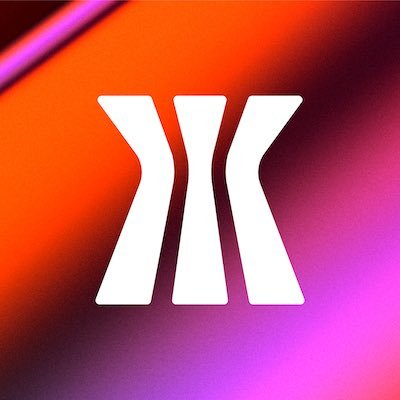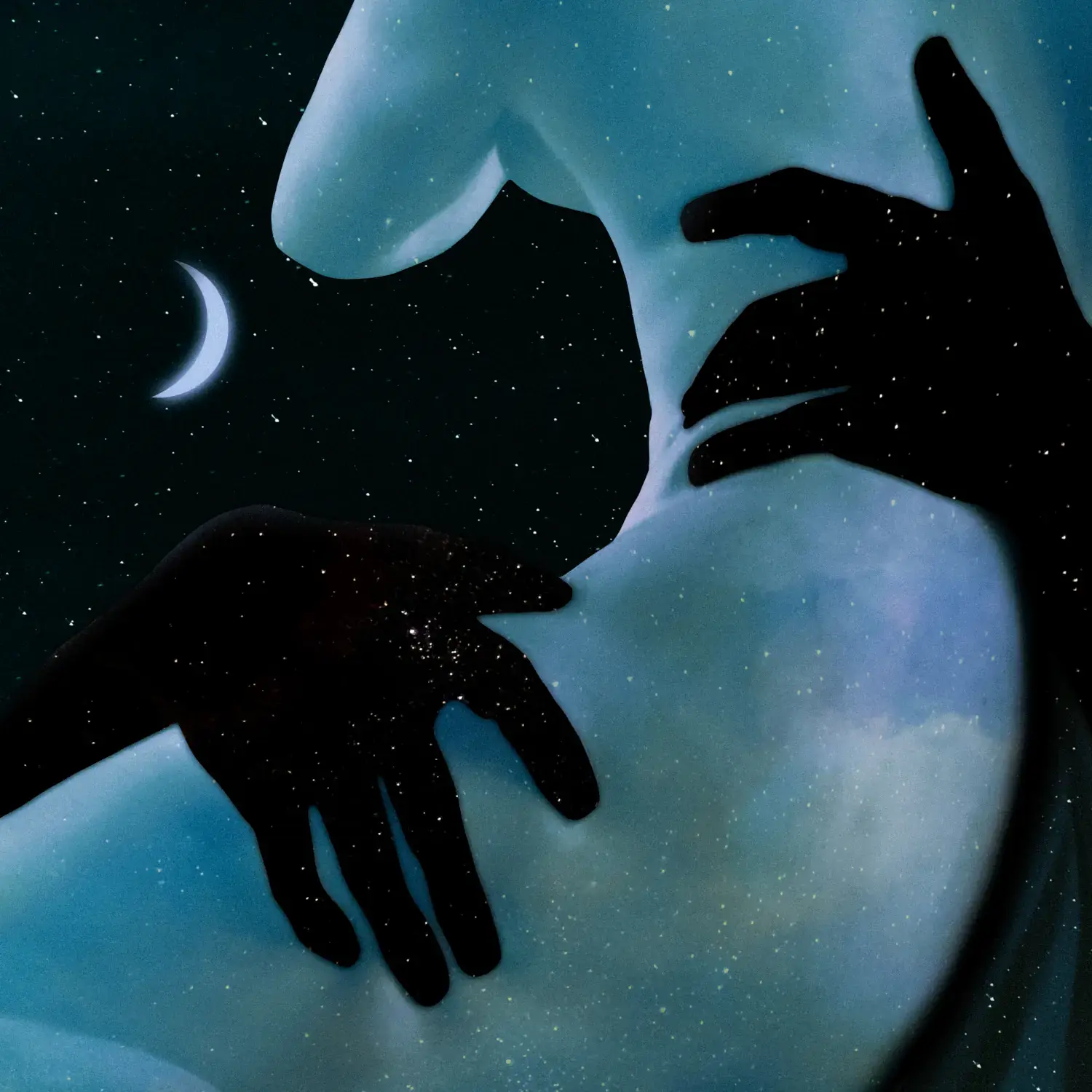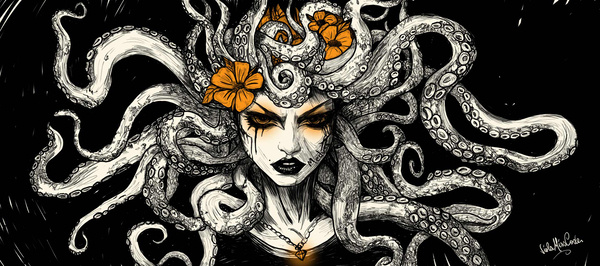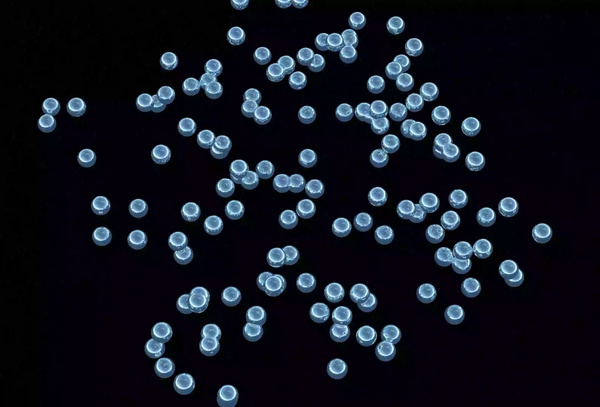The beauty of code art lies in its fusion of creativity and logic. Artists define a set of rules or algorithms that guide the artwork's creation, introducing elements of randomness and automation. This can result in unique and dynamic pieces that evolve over time or react to user inputs. The process often involves languages like Processing, p5.js, and Python, among others, which are designed to facilitate creative coding.
Code art dates back to the mid-20th century, with early pioneers like Ben Laposky and his electronic oscilloscope art, and Frieder Nake, who created computer-generated drawings. The field gained significant traction in the 1960s and 1970s with the advent of more accessible computing technology, leading to the establishment of a new artistic movement that merged creativity with computation.
Fast forward to NFTs and now Ordinals on BTC, generative artists can bring their code art to the mother-chain. Creative coders are taking advantage of the numerous possibilities for unique artistic outputs by exploring inscription IDs, block heights, satributes, and more. At Gamma, we offer editions using delegates, which has enabled the creation of long-form code art-based collections for the ordinals community.
Over the months of "Generative" June and July, we are highlighting the array of possibilities of generative art on Bitcoin with a number of collections dropping by Bitcoin-native generative artists and beyond.
Let's meet a few artists dropping generative artwork on Gamma this summer:

a generative artist aiming to disassemble and reconstruct the filters we place on reality
to reexamine the ordinary and cliche
to confront the challenging or ignored
to evoke emotion
to find beauty

RalenArc is a Generative artist based in the United States and has been creating art for over 16 years. She began her artistic journey with traditional art and has made mural art, clay art, and various types of paintings. RalenArc has always had a passion for learning and artistic experimentation, which led her to explore generative art and digital art as well. Her body of work is diverse and reflects her dedication to creative exploration.
She has released generative work on Sotheby’s, Singular.art (Bitcoin), Feral File (N=12, a group show with eleven other generative artists), Artblocks, Bright Moments, Foundation, and more. Her artwork has been exhibited during Art Basel Miami and at Bright Moment galleries in Venice, Berlin, New York, and London. She has also been part of a month-long New York City show called “On Water” with several other generative artists.
Her artistic style is characterized by the use of vibrant colors, detailed patterns, and a variety of textures. For her projects, she starts by drawing sketches of ideas, evaluating the design she likes the most, and incorporating that through code. A lot of her inspiration comes from the natural world and can be seen through the textures incorporated in her artworks.
Beyond her art practice, RalenArc is an active volunteer with a non-profit organization, where she teaches traditional art to students. By sharing her passion for art and teaching others, she has motivated and influenced many young artists.

I'm MDV, a creative coder and 3D Generative BTC Artist in the SF Bay Area! I’m the founder of BTC Substance andI’m passionate about pushing the limits of Bitcoin art. I pride myself on always using the most cutting-edge tech possible in my releases. My collections incorporate recursion, delegation, sat-endpoint, satribute-awareness, and block & inscription data to create provably unique art. The signature trait of all the pieces in my ecosystem is they are driven by the activity and data from the chain. My pieces constantly listen to the progress of the current bitcoin block, and use this information to visually develop as the block mines. This also allows them to increase in entropy as the blockchain gets more congested. I’ve spent the last year honing my THREE.js skills, inscribing new libraries for the community of 3D artists to use, and building value for my holders and community. The vast majority of generative BTC art up until now has been 2D art, and I believe the 3D space has much much more to explore!

Jonathan Murillo is an artist who embraces multiple mediums, currently focusing on generative art and digital art. His work delves into the concept of "self being" in the digital era, exploring how identity and existence are transformed by technology. Since 2021, Jonathan has immersed himself in the digital art and NFT space, where his programming knowledge has seamlessly integrated with his artistic vision. His style is characterized by vibrant colors, intricate geometry, and abstract forms, creating images that evoke deep emotions and invite viewers to look beyond the surface. By leveraging digital technology, he amplifies these elements, raising philosophical questions about the nature of art, the role of the artist, and the concept of being. Jonathan draws inspiration from traditional art, particularly abstract expressionism and abstract art, with influences from Joan Miró, Jean-Michel Basquiat, Pablo Picasso, and Japanese artists like Kazuo Shiraga and Sadaharu Horio. Their bold use of color, form, and innovative techniques inspire him to push the boundaries of digital art. As Jonathan's art is immortalized on the blockchain, he envisions it lasting for millennia, a testament to the enduring nature of creativity in the digital age.

Andrea Belloni graduated in Physics from La Sapienza University in Rome and has worked for several years in the field of robotics, control systems and data analysis. During his university studies, he developed a passion for complex systems, chaos theory, and fractals. This passion, combined with his interest in computer graphics, led him to create various programs for simulating and visualizing complex structures. For many years, this work was pursued purely for personal satisfaction. However, for the past two years, some reimagined versions of his old programs and new creations have been released as NFTs on well-known platforms on blockchains such as Tezos, Ethereum, and Bitcoin.

Hi! I'm ChainVirus, a generative artist who creates glitchy and flashing visuals with code. I’ve been surrounded by art since I was young, thanks to my artist relatives.
My true passion for creating began unexpectedly when a computer error froze my screen in a perfectly glitched frame.
That moment led me into creative coding. When I later discovered crypto and its connection to art, I knew it was what I wanted to do.
Making art on the blockchain is now a big part of my life, and it feels meaningful to me. I try to show pain, imperfections, and beauty through my code and art. Each piece I create is a reflection of these elements, aiming to capture the chaos and beauty of life. Through my art, I hope to connect with others and share the emotions and stories behind each glitchy frame.

David Seven is a computational artist based in The Netherlands. His work explores humanity through the abstract representations of nature and the cosmos, unfolding multilayered narratives led by the interplay between the micro and the macro in every artwork.
Growing up in a small coastal town in Italy, David Seven's connection with the sea and the vast landscape profoundly influenced his development as an artist. Reflecting on his childhood, he recalls, "I loved staring into the horizon where the sea meets the sky. I could imagine all kinds of figures, stories, and visions. It was my canvas, so still and uniform, yet bursting with life in constant motion." David's interest in algorithmic visualization began in the late 90s while studying architecture. Fascinated by the avant-garde creations of architects like Frank O. Gehry and Rem Koolhaas, he found himself drawn to understand their ideas by recreating their work. "I was bewitched by the forms of their design and committed to understanding their philosophy.
In retrospect, it was an incredible time in the field—new computational possibilities, parametric formulas, and radical ideas all came together to lay the path for the next 20 years of architecture." After a career in architecture and design, David turned his focus to his artistic practice in 2019, establishing D/VISION7, a creative lab dedicated to his aesthetic vision. His current work centers on algorithmic art to explore the duality of the human condition, reflecting on the contradiction between progress and order versus primal desires and chaos. "Creativity is the bridge between both ends," he explains.
David's medium is entropy, and his process involves a balance between control and letting go. "Working in partnership with a computer allows me to guide the process while remaining open to the unexpected, the execution is out of my hands" he says. This balance is central to his exploration of the human condition through computational art.

Alexander Rudloff is an artist and entrepreneur who merges left and right brain creativity. Alexander creates algorithmic art that often endues meaning through hidden encodings.
He is the creator of the “Blocks” and “Frontier” NFTs on Stacks. In addition to his art, Rudloff is also a seasoned technology industry veteran, having worked as a corporate executive and co-founded multiple technology companies.
He is currently the co-founder and CTO of GMTM.com. Rudloff resides in Satellite Beach, Florida, with his wife Kathryn and their three sons, Peter, Andrew, and Matthew.

Adam Munns is a digital artist from Southern California who spends most of his time creating browser-based art. Much of his work features typography, blending modes, and responsive outputs, borrowed from his 15 year career in graphic design and web development.
Inspiration for his work is often driven by the complexities and duality of a life lived online and creating interactive art that is able to respond to user engagement in order to deepen the dialogue between a work and its viewer. Past work includes themes of political commentary, generative art satire, and observations about lack of human empathy in online contexts.
He spends a lot of time overthinking and driving himself crazy–for example, why did he write this bio in the 3rd person and will he sound like an idiot for doing so? That overthinking, however, is what drives him to create art that is both visually and conceptually engaging or at the very least a worthy channel for his frustrations.
Keep an eye out for all the generative drops happening in June and July on Gamma!
.png)



